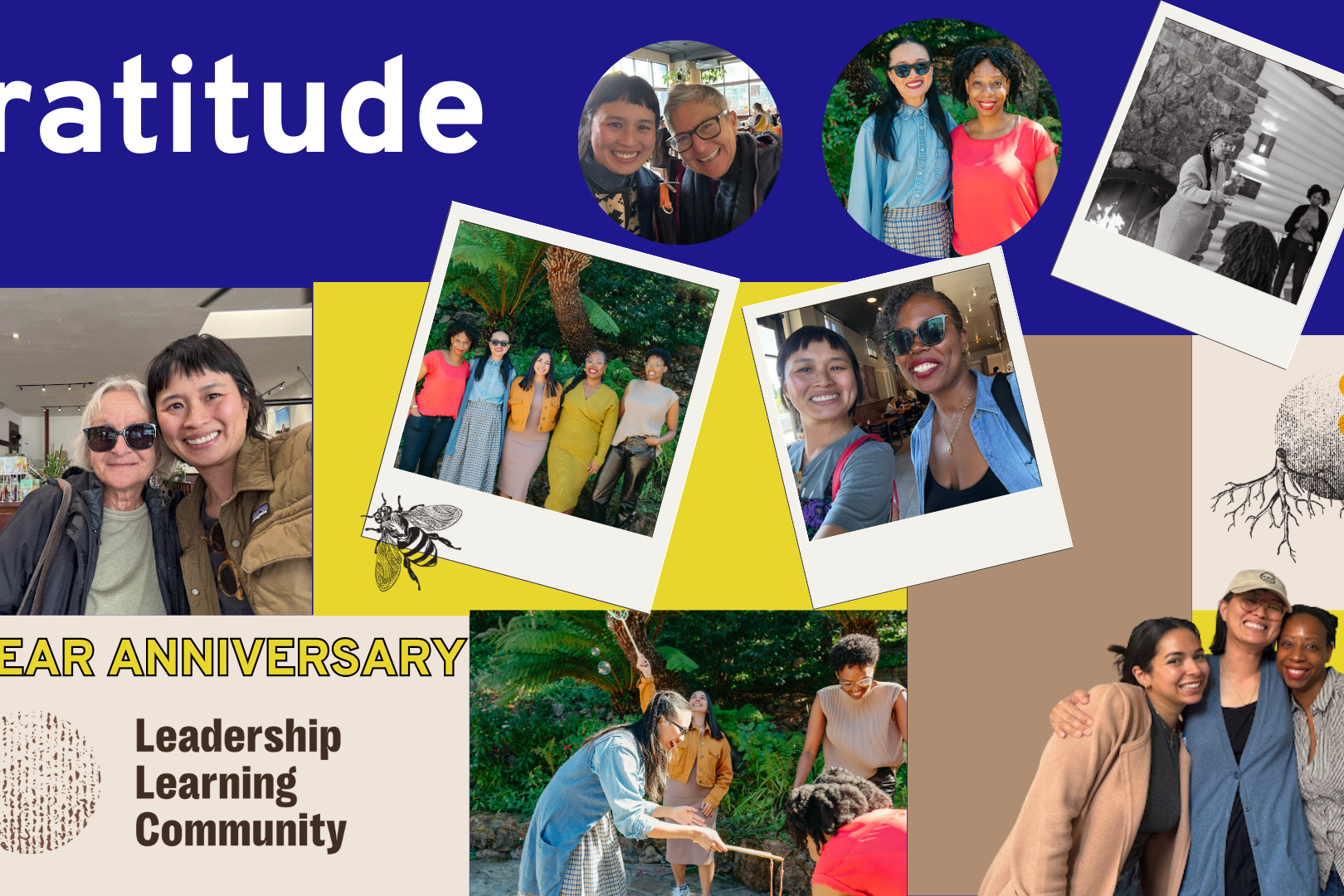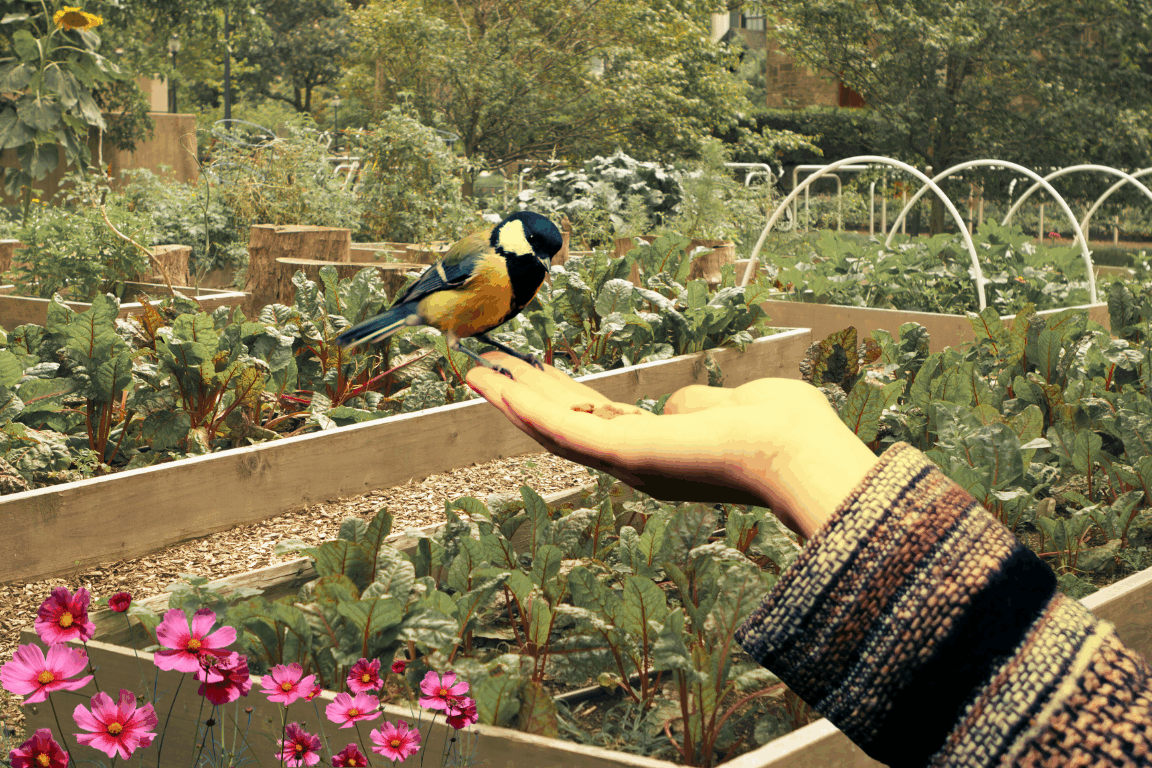I recently had a conversation with a colleague where we discussed the tendency of folks in movement spaces to “eat our own.” We talked about the many implications this has, ranging from reduced effectiveness of our efforts and fractured coalitions to creating uniquely difficult and painful challenges for Executive Directors of color. During the same time, I’d found myself in several movement conversations where most of us could very clearly articulate what we thought was wrong, but our ideas about how to make things right were terribly murky.
This made me reflect on how I’d been trained in higher education and my movement work to approach problem-solving and goal achievement. I primarily learned to deconstruct, question, and critique. All essential skills for changing oppressive systems, but I know my training and subsequent approach leaned far more heavily toward assessing what was wrong with old systems and less toward finding better replacements.
Looking back at the leadership support I’ve experienced and the programs I’ve staffed, I saw a similar pattern. In our leadership work, I wondered if we are sufficiently practicing creation, constructing a vision for the communities we want to live in with the corresponding systems and structures, and honing the skills to deconstruct the problematic and oppressive systems we currently live with.
I’ve long suspected most of us are better trained at doing a post-mortem, debriefing on what went wrong, maybe sometimes thinking about how we’ll execute plans better next time, rather than digging into innovative new approaches that are truly in alignment with our purpose.
In a recent conversation with a community leader that veered heavily into deconstruction territory, I stopped and asked my conversation partner to share their thoughts on what changes they wanted to see and how they wanted the work to be or feel different; they had no answers and initially suggested that this was someone else’s job.
I came home from this conversation disturbed and grumbled to my husband for the umpteenth time that “everybody knows how to deconstruct, and nobody knows how to construct anything… grumble grumble” (Trust me, I see the irony here). My husband remarked that it would be interesting if people applied an engineering lens, “you can’t just say something is broken. You have to figure out why it’s broken and then try to make it work.” Looking back on my leadership development work, I realize that I’d often fallen into the trap of treating the constructive process as something important but still secondary to “hard” skills.
This has been common in my experience; in movement spaces, I’ve observed folks endure, tolerate, or placate visioning work, as they wait to get down to real business. Visioning is often the turf of newbies, silly idealists, and the periodic planning retreat, often functionally, if not explicitly, treated as divergences from the core work.
Leadership Development efforts should instead include visioning as a critical leadership skill. Design thinking is one way people have found to address this, but I don’t actually care if leadership programs adopt a formal design thinking approach. I think it is essential that we make space in our work for people to practice: Innovating, learning while doing, testing, failing, and testing some more.
I think visioning allows us to ask ourselves why we are attempting to build and shift power, for what purpose, and to what end. It creates space for us to ponder how we might avoid replicating the current oppressive and inequitable systems. The problems of the past and present problems are tangible and concrete and, therefore, easy to see, but a liberatory future requires much more labor to envision. Rather than an exercise for idealists with their heads in the clouds, visioning work is the basis of an innovative and strategic process of building a justice-centered future.
Related Posts
December 15, 2025
LLC’s 2025 Celebrations
July 21, 2025




